A functioning waste valve is essential to keeping your RV running smoothly and your travels pleasant. When that valve starts to leak, it can lead to unpleasant odors, visible drips beneath your rig, and difficulty getting a proper seal. The good news? You don’t need to haul your RV to a mechanic or shell out hundreds of dollars for a repair. With the right tools and a bit of patience, you can fix this issue yourself and get back on the road with confidence.
This guide walks you through the entire process, from diagnosing the issue to testing your repair. Whether you’re a seasoned DIYer or tackling your first RV maintenance project, these step-by-step instructions for fixing a leaky waste valve in your RV will help you save a lot of time and money.
Tools and Materials Needed
Before you begin, gather everything you’ll need for the job. Having the right tools on hand will make the process faster and more efficient.
Essential tools and materials:
- Adjustable wrench or socket set
- Screwdriver (flathead and Phillips)
- Heavy-duty gloves
- Safety goggles
- Bucket or shallow pan
- Clean rags or paper towels
- Replacement waste valve or seal kit (if needed)
Optional items for added convenience:
- RV-safe lubricant
- Pipe thread sealant
- Flashlight or headlamp
- Smartphone (for reference photos)
Preparing for the Repair
Proper preparation sets you up for a smooth repair. Follow these steps to ensure your workspace is safe and ready for the task at hand.
- Step 1: Park your RV on a level surface. This prevents any remaining liquid in the waste tank from shifting unexpectedly.
- Step 2: Empty the waste tank completely. If there’s any doubt, run it through a dump cycle to be sure.
- Step 3: Turn off the water supply to your RV. This prevents accidental flooding or added pressure during the repair.
- Step 4: Put on your protective gear—gloves and goggles are non-negotiable.
- Step 5: Position a bucket or pan directly under the waste valve. Even if the tank is empty, there may be residual liquid that drips out when you loosen the valve.

Diagnosing the Problem
Once everything is in position, it’s time to figure out what’s causing the leak. This will help you determine whether you need a full valve replacement or just a new seal. Take a close look at the valve and the surrounding area to identify the issue.
Common causes of waste valve leaks include:
- Worn-out seals or gaskets that no longer create a watertight fit
- Cracks or damage to the valve body itself
- Loose or corroded bolts that allow the valve to shift or separate
- Built-up debris preventing the valve from closing completely
Be sure to snap a few photos before you start disassembling anything. These images can serve as a helpful reference when you’re putting everything back together.
Removing the Old Waste Valve
Once you’ve identified the problem, it’s time to remove the old valve. Work carefully to avoid damaging the waste pipe or surrounding components.
- Step 1: Use your wrench or socket set to loosen the bolts securing the valve to the waste pipe. Turn counterclockwise until each bolt comes free.
- Step 2: Gently detach the valve from the pipe. If it’s stuck, wiggle it slightly to break the seal, but don’t force it—you don’t want to crack the pipe.
- Step 3: Clean the area around the valve opening. Use a rag to wipe away any debris, old sealant, or waste residue. A clean surface ensures a better seal when you install the new valve.
Installing the New Waste Valve
With the old valve removed and the area cleaned, you’re ready to install the replacement. This step is straightforward, but precision matters.
- Step 1: Align the new valve with the opening of the waste pipe. Make sure the bolt holes line up correctly.
- Step 2: Insert the bolts and tighten them by hand first. Once they’re finger-tight, use your wrench to secure them evenly. Tighten in a crisscross pattern to ensure even pressure, something that’ll help prevent leaks.
- Step 3: Test the valve handle by opening and closing it a few times. It should move smoothly without resistance. If it feels stiff or catches, loosen the bolts slightly and adjust the valve’s position.

Replacing Seals or Gaskets (If Applicable)
If your valve body is still in good shape but the seals or gaskets are worn, you can replace just those components instead of the entire valve. This is often the most cost-effective solution, but not always the thing that’ll fix your issue.
- Step 1: Remove the old seal or gasket from the valve. Some seals simply peel away, while others may require gentle prying with a flathead screwdriver.
- Step 2: Clean the groove where the seal sits. Remove any old sealant or debris so the new seal fits snugly.
- Step 3: Apply a thin layer of RV-safe lubricant to the new seal before installing it. This helps it slide into place and creates a better seal.
- Step 4: Press the new seal into the groove, ensuring it’s seated evenly all the way around. If you’re using sealant, apply a thin bead to the mating surface before reassembling the valve.
Testing the Repair
Now that you’ve fixed your RV’s leaky waste valve by either installing the new valve or replacing the seals, it’s crucial to test your work before hitting the road. Letting the water sit in the valve for a bit or even flushing your camper toilet a few times can help you determine if the problem is solved, rather than finding out later and having a messy situation on your hands.
- Step 1: Reconnect the water supply to your RV and partially fill the waste tank. You don’t need to fill it completely—just enough to create pressure on the valve.
- Step 2: Open and close the valve several times. Watch closely for any drips or leaks around the valve body, bolts, or seals.
- Step 3: If you notice any leaks, tighten the bolts a bit more or reapply sealant if necessary. Let the sealant cure according to the manufacturer’s instructions before testing again.
Once you’re confident the valve is sealed and functioning properly, you’re ready to get back on the road. A properly maintained waste valve keeps your RV sanitary and your travels hassle-free, so don’t put off repairs if you notice a problem.



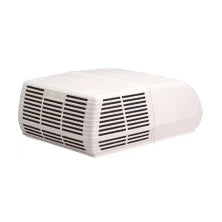
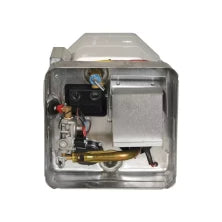
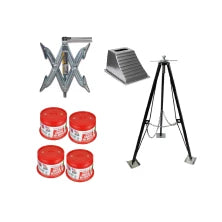
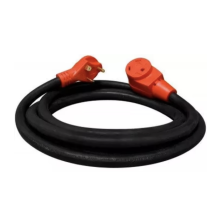

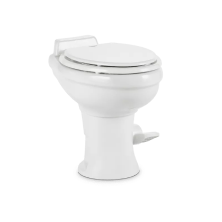
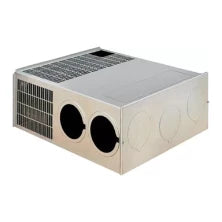
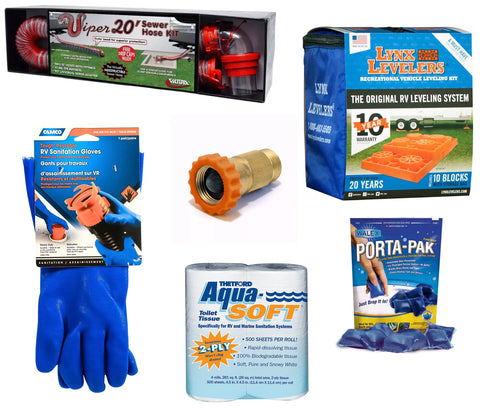
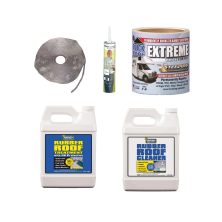
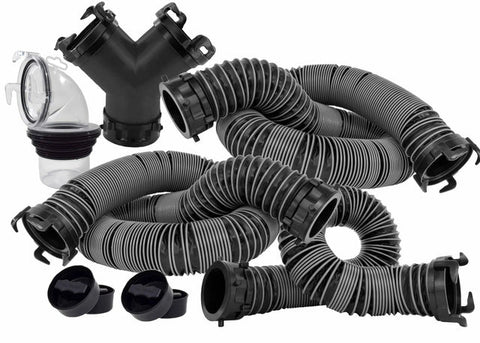
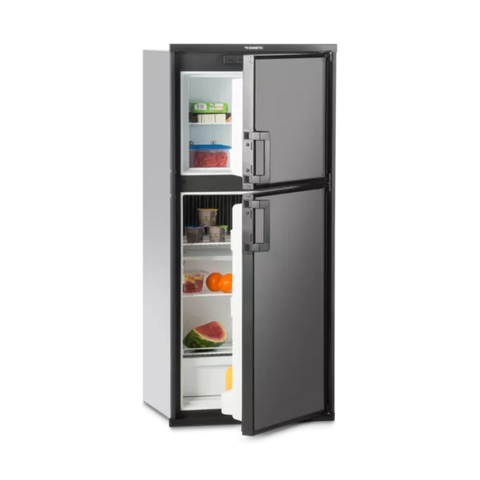
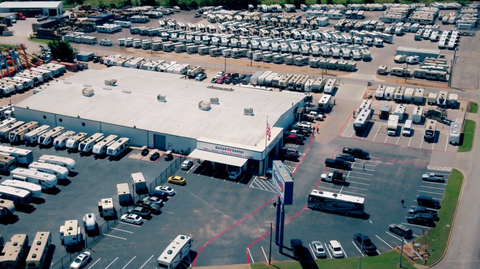
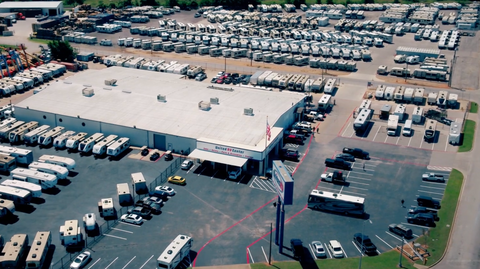
Comentarios (0)
No hay comentarios todavía. Sé el primero en comentar.